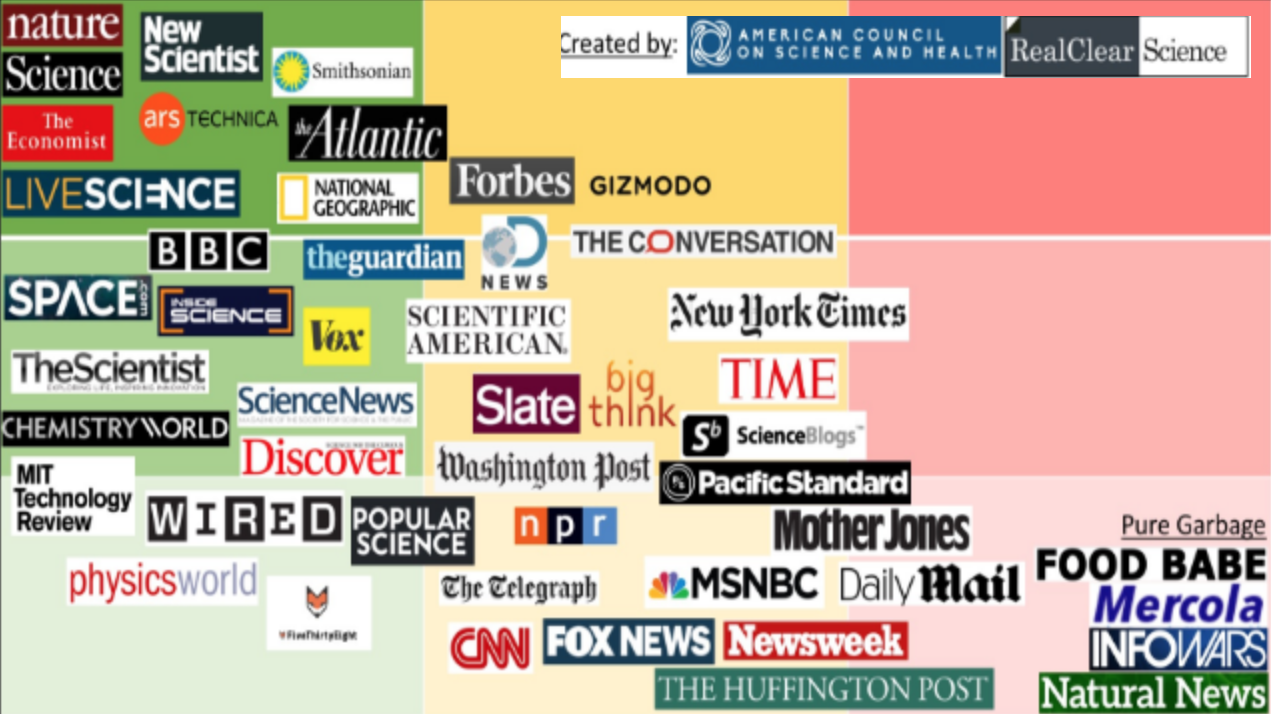
There's no shortage of content and opinion on why news is becoming a problem in today's world. From Fake news and clickbait to content farms, editorial bias and channel responsibility the issues seem to be getting bigger, not smaller.
Looking at it from the consumer's point of view, and we are all consumers of news in different ways, the goal is to get important, accurate, relevant and timely news on our channel and device of preference during different times and activities of the day. There are a lot of variables.
- Importance: how do you determine which news is important to whom
- Accuracy: how do we know the article we're reading is accurate? Fact checking will help in this but the ultimate solution must be technical not human-powered to scale. Adding humans removes the needed objectivity, but then again even software can be made to be subjective.
- Relevance: is the article I'm sending to my readers relevant to what they need? I think so but how do i know for sure? Publishers mainly depend on clicks to determine relevance but this is a highly ineffective method to understand what news people want to consume. Add to this the variations of topics vs general news and the complexity level multiplies. Another challenges here is editorial bias. If you're reading curated newsletter or channel someone's opinion went into deciding what you should read. There are many excellent minds making very good choices in what to include in their news, but ultimately it is their selection. If you want to receive unbiased news the only way to do that is clean software. What is clean software? it's software which does not have bias built into it (yes it's possible). The cleanest software is software that is designed by we the consumers. This is where no-code tools come into the picture. Tools that allow the user to make detailed, strategic decisions in the tool without having to be a software developer.
- Timely: when we receive our news is important and this is probably the easiest challenge to solve.
- Channels: which channels do people want to receive their news on? is it the same or changing, even during the day.
- Devices: with so many different devices being carried and now attached to consumers this becomes a big challenge for companies. Voice adds another dimensional complexity to this issue.
- Activities: People don't / can't consume news the same way during all their activities. Driving, running, sitting, at work, on the subway - every ones of these activities require different formats.
I'm not even including censorship in this list because that's a man-made issue which companies usually don't have any control over.
So how do we get to the ultimate experience for consumers, ourselves?
There's not going to be one company or solution who will solve this, it will be ongoing experimentation with a mix of applications. But there will be some common patterns.
- A new mindset of experimentation and questioning old assumptions and rules. With all the pain caused by fake news and Facebook's handling of this issue this is part of the progress we need to go thru. We need to be open to new models and ways.
- Power to the people. As in the "no-code news" model tools need to provide more (much more) control to the user. Users at the same time need to take more responsibility in curating their own news. (this is a habit change and will be gradual)
- Responsibility. News apps and outlets will be more involved in the responsibility of disseminating inaccurate news. Not just from the legal, governmental side but even more importantly from the consumer side. Technology will get better in going deep into the sources and understanding intentions and as this is happening we will be able to pass that data to consumers.
One thing is for sure, this is not going to be a dull future and it seems like we're just starting to get a better understanding of the challenges and experiment with potential solutions.
One of the ways we're contributing to the ultimate solution is our no-code, self-training news service TrainMyNews.com (TMN). In the year since launching the service has amassed almost 300,000 sources, delivered over 4,000,000 articles to users on hundreds of topics.
The key differentiation we have made in TMN is moving the curation away from editors to user with the assistance of software and AI. It's not a 100% move because a lot of sourced articles are still getting thru editors to be even published, but it's a start.
This might be seen as blasphemous in the eyes of many, but the challenges we see with biased editing are not only big, they's also growing so this is a problem we have to experiment with.
If you are in the news business, or receiving efficient, relevant news is important for your personal or business life we'l love to hear your thoughts on our little experiment!